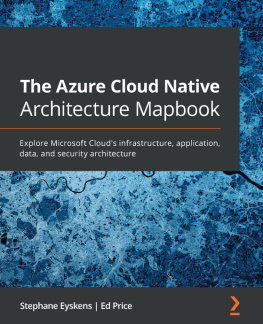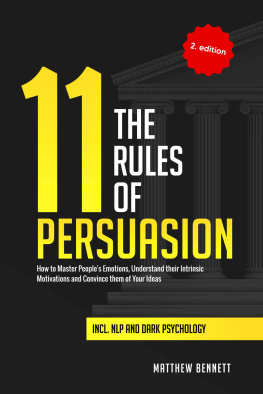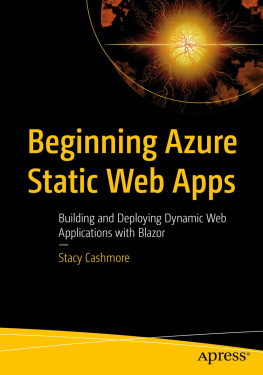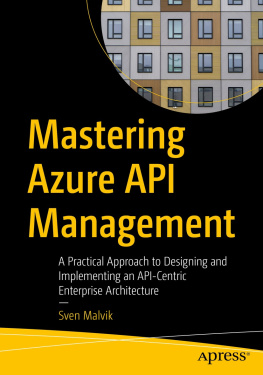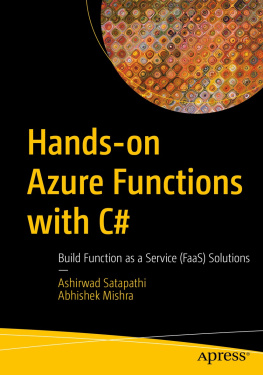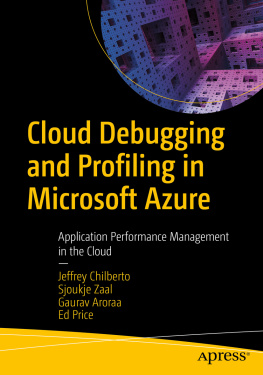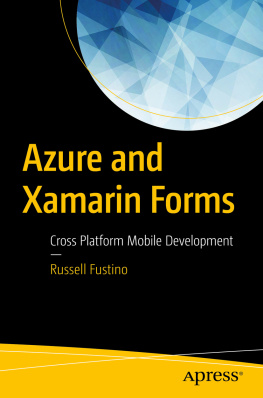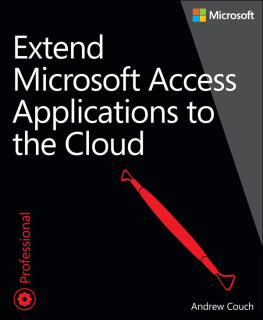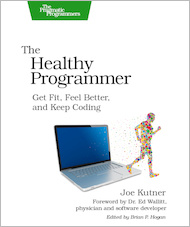Matthew Bennett - Enterprise Integration with Azure Logic Apps: Integrate legacy systems with innovative solutions
Here you can read online Matthew Bennett - Enterprise Integration with Azure Logic Apps: Integrate legacy systems with innovative solutions full text of the book (entire story) in english for free. Download pdf and epub, get meaning, cover and reviews about this ebook. year: 2021, publisher: Packt Publishing, genre: Home and family. Description of the work, (preface) as well as reviews are available. Best literature library LitArk.com created for fans of good reading and offers a wide selection of genres:
Romance novel
Science fiction
Adventure
Detective
Science
History
Home and family
Prose
Art
Politics
Computer
Non-fiction
Religion
Business
Children
Humor
Choose a favorite category and find really read worthwhile books. Enjoy immersion in the world of imagination, feel the emotions of the characters or learn something new for yourself, make an fascinating discovery.
- Book:Enterprise Integration with Azure Logic Apps: Integrate legacy systems with innovative solutions
- Author:
- Publisher:Packt Publishing
- Genre:
- Year:2021
- Rating:3 / 5
- Favourites:Add to favourites
- Your mark:
Enterprise Integration with Azure Logic Apps: Integrate legacy systems with innovative solutions: summary, description and annotation
We offer to read an annotation, description, summary or preface (depends on what the author of the book "Enterprise Integration with Azure Logic Apps: Integrate legacy systems with innovative solutions" wrote himself). If you haven't found the necessary information about the book — write in the comments, we will try to find it.
Learn how to create sophisticated and reliable Logic Apps with improved UX
Key Features- Become an Azure Master and create data flows within a matter of minutes
- Perform transfers using Logic Apps with prompt results
- Create powerful Logic Apps by enhancing your systems to improve user experience
Logic Apps are a visual flowchart-like representation of common programming actions, and are a flexible way to create logic without writing a single line of code. Enterprise Integration with Azure Logic Apps is a comprehensive introduction for anyone new to Logic Apps which will boost your learning skills and allow you to create rich, complex, structured, and reusable logic with instant results.
Youll begin by discovering how to navigate the Azure portal and understand how your objects can be zoned to a specific environment by using resource groups. Complete with hands-on tutorials, projects, and self-assessment questions, this easy-to-follow guide will teach you the benefits and foundations of Logic App logic design. As you advance, youll find out how to manage your Azure environment in relation to Logic Apps and how to create elegant and reliable Logic Apps. With useful and practical explanations of how to get the most out of Logic App actions and triggers, youll be able to ensure that your Logic Apps work efficiently and provide seamless integration for real-world scenarios without having to write code.
By the end of this Logic Apps book, youll be able to create complex and powerful Logic Apps within minutes, integrating large amounts of data on demand, enhancing your systems, and linking applications to improve user experience.
What you will learn- Understand how to use blades, overview pages, and subscription pages
- Discover how to create a Microsoft account to manage your tenant
- Use a Visual Studio subscription with Azure to manage your Logic Apps
- Find out how to manage the cloud by analyzing runs, executions, and costs
- Create resource groups to zone your enterprise environments
- Support a development life cycle from sandbox through to production
If you are an aspiring infrastructure technician who already uses Azure in place of on-premises solutions and is now looking to link systems together, then this book is for you. This book is also for developers interested in systems integration where legacy systems may not have a direct data link and the cloud is the intermediary step. Power users with existing IT skills and experience with Power BI and Power Automate will also find this book useful.
Table of Contents- Getting started with Azure Logic Apps
- Environments and Resource Groups
- Referencing data within actions
- Reading complex data
- Manipulating data
- Working with the Common Data Service
- Working with Azure Functions
- Scoping with Try/Catch error handling
- Sharing data with Other logic apps and APIs
- Monitoring Logic Apps for Management Reporting
- Fine Tuning Logic App Runs with Run After
- Solving Connection issues and Bad Gateways by Rerunning Logic Apps
Matthew Bennett: author's other books
Who wrote Enterprise Integration with Azure Logic Apps: Integrate legacy systems with innovative solutions? Find out the surname, the name of the author of the book and a list of all author's works by series.

